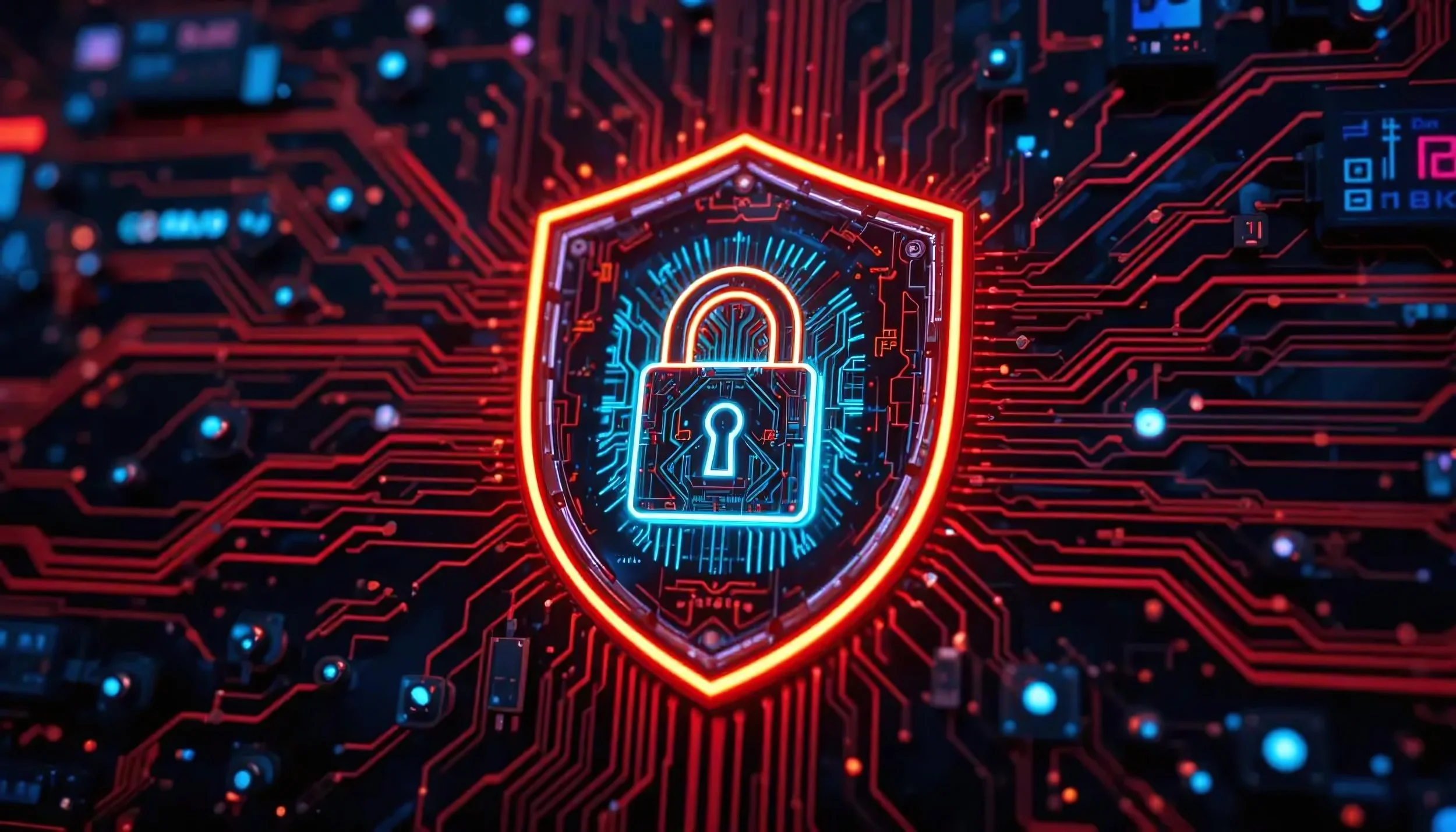We help you prepare for the Post Quantum Era
Welcome to Quantum Safe Futures
Who are we?
Quantum Safe Futures is a cyber advisory specialising in Post Quantum Cryptography.
Our team of specialists is at the forefront of understanding the emerging quantum threats, advising you on how to assess and evolve your cybersecurity posture.
We provide expert, actionable strategic guidance to help ensure your data, communications, and digital infrastructure remain secure and resilient in a post‑quantum world.
Our Services
Triage
We can help assess your existing infrastructure to identify where your cryptography is vulnerable and evaluate the adaptability of your architecture.
Threats
We can help you understand your post-quantum readiness across critical domains including workforce, operations, and technology.
Transform
We can help you to stay aligned with the latest post-quantum guidance through a tailored strategy roadmap that best fits the context of your situation.
Why it’s Important?
Requirements
National Institute of Standards and Technology (NIST) has confirmed that current public-key algorithms will be formally deprecated by 2030 and disallowed after 2035.
That deadline leaves just a few technology refresh cycles to act. To stay compliant, organisations must act now.
We can help you navigate the complexity and provide actionable recommendations to take you to the Post Quantum Era.
Responsibility
The threat of Cryptographically Relevant Quantum Computer is now well understood. The first step to adapting is to quantify the value at risk by analysing each high-priority asset’s data shelf life and system life-cycle.
Navigating this shift will be a complex, multi-dimensional task that demands a balanced and strategic approach across people, process, and technology.
We can help you quantify these risks, uncover critical gaps, and deliver a tailored assessment with clear recommendations based on your needs.
Robustness
There is a 1 in 7 chance that quantum computers could break widely used cryptographic systems by 2026.
That risk rises sharply, with a 1 in 2 chance by 2031, placing critical infrastructure and sensitive data at growing risk.





